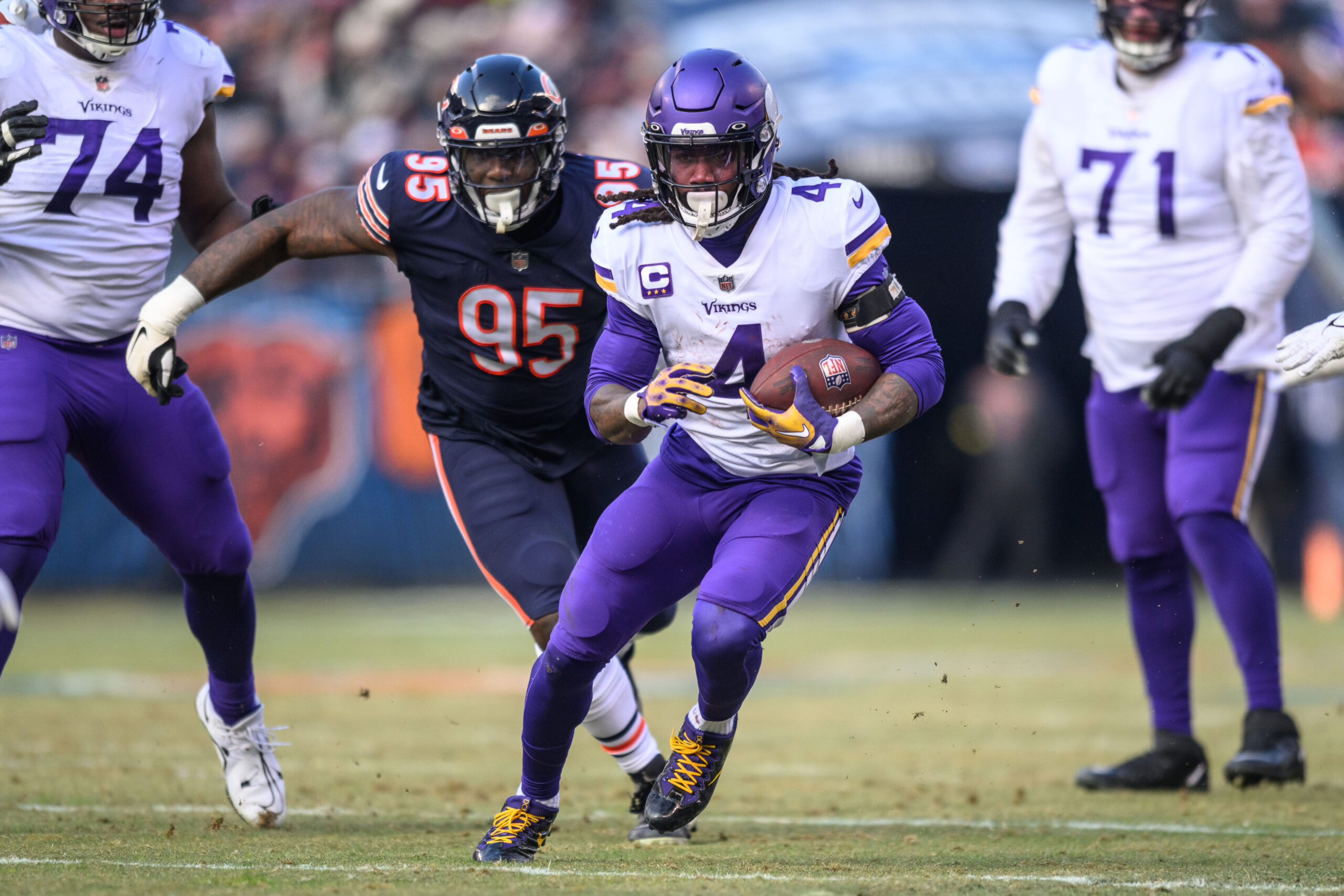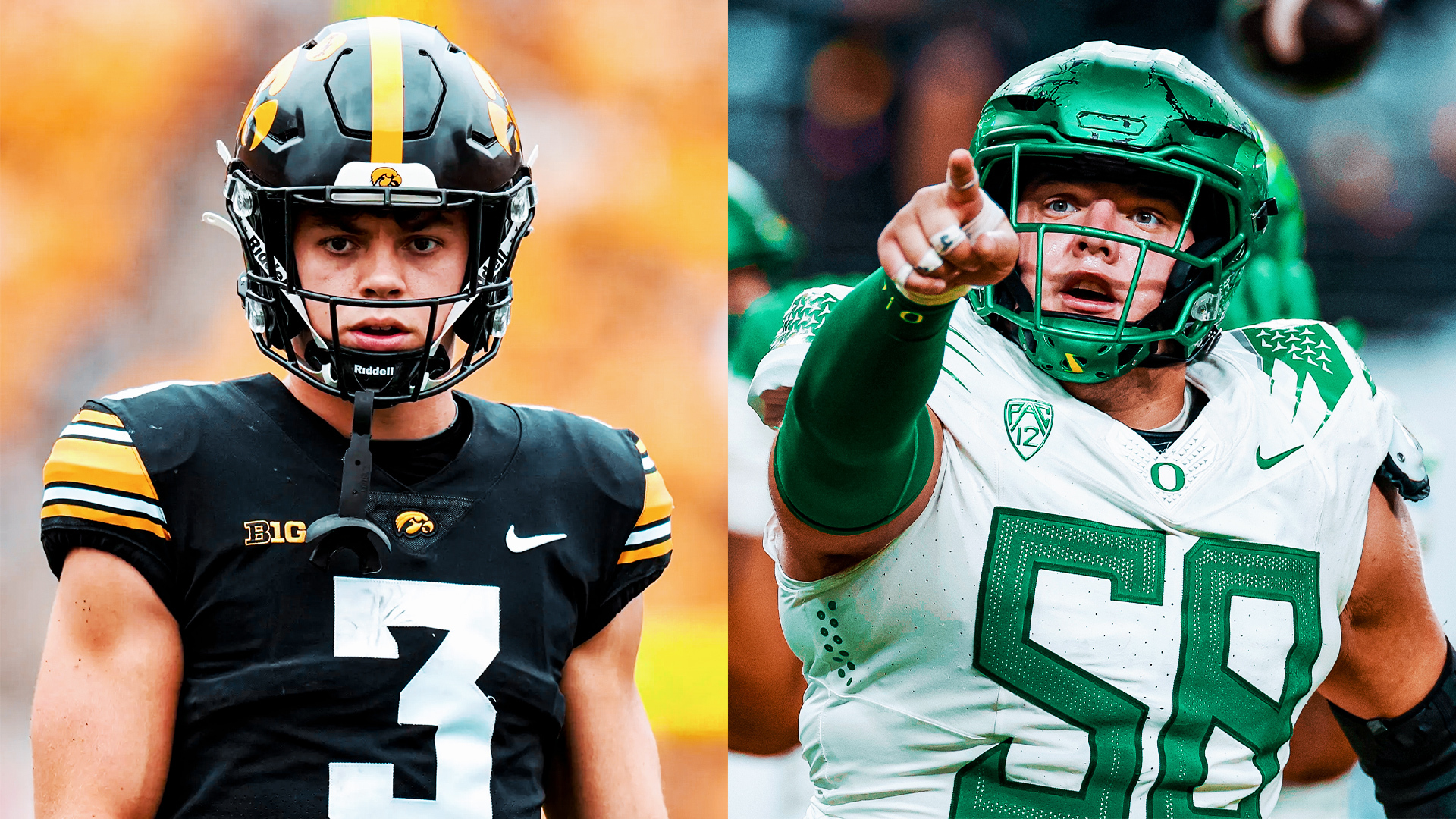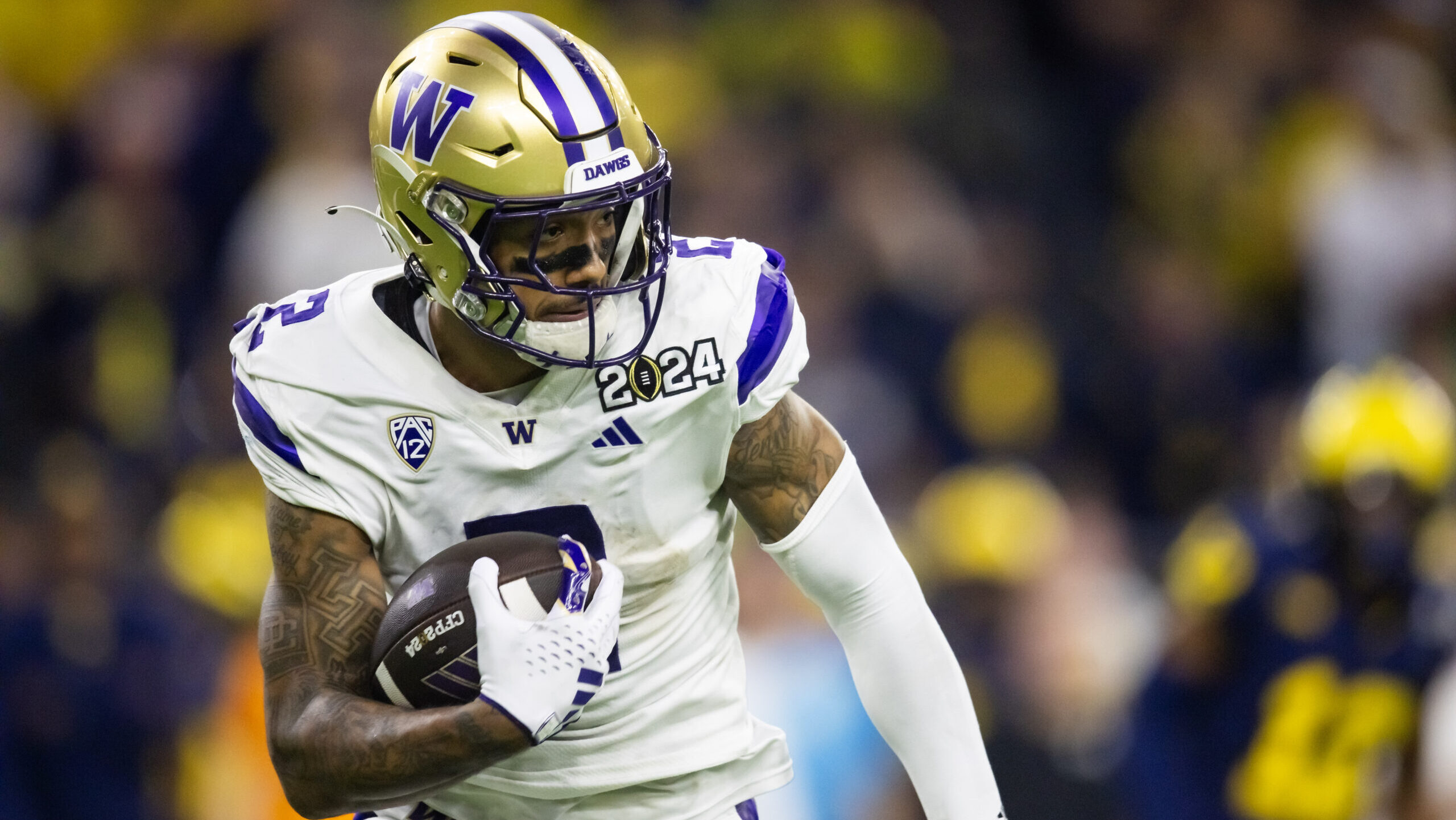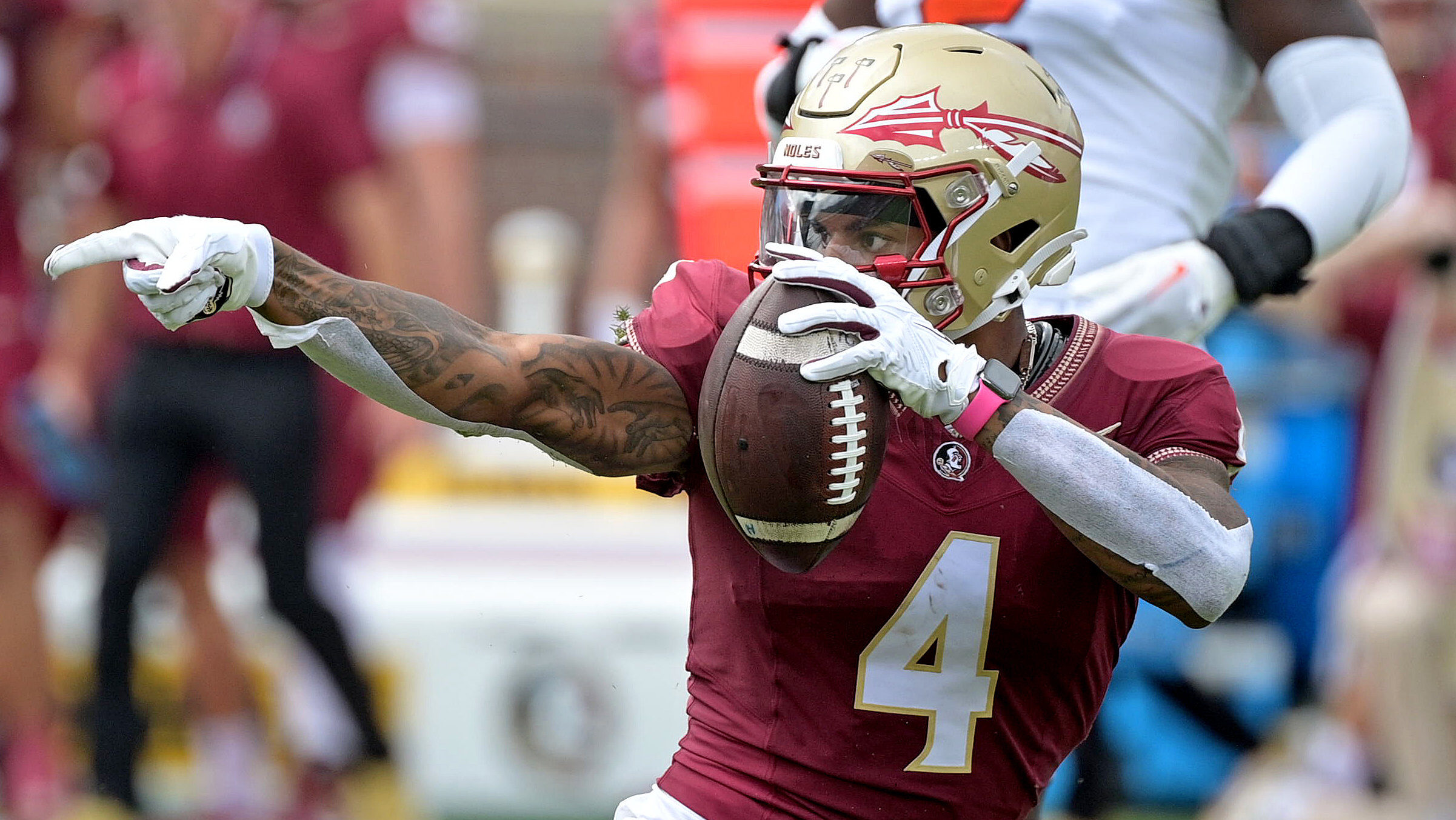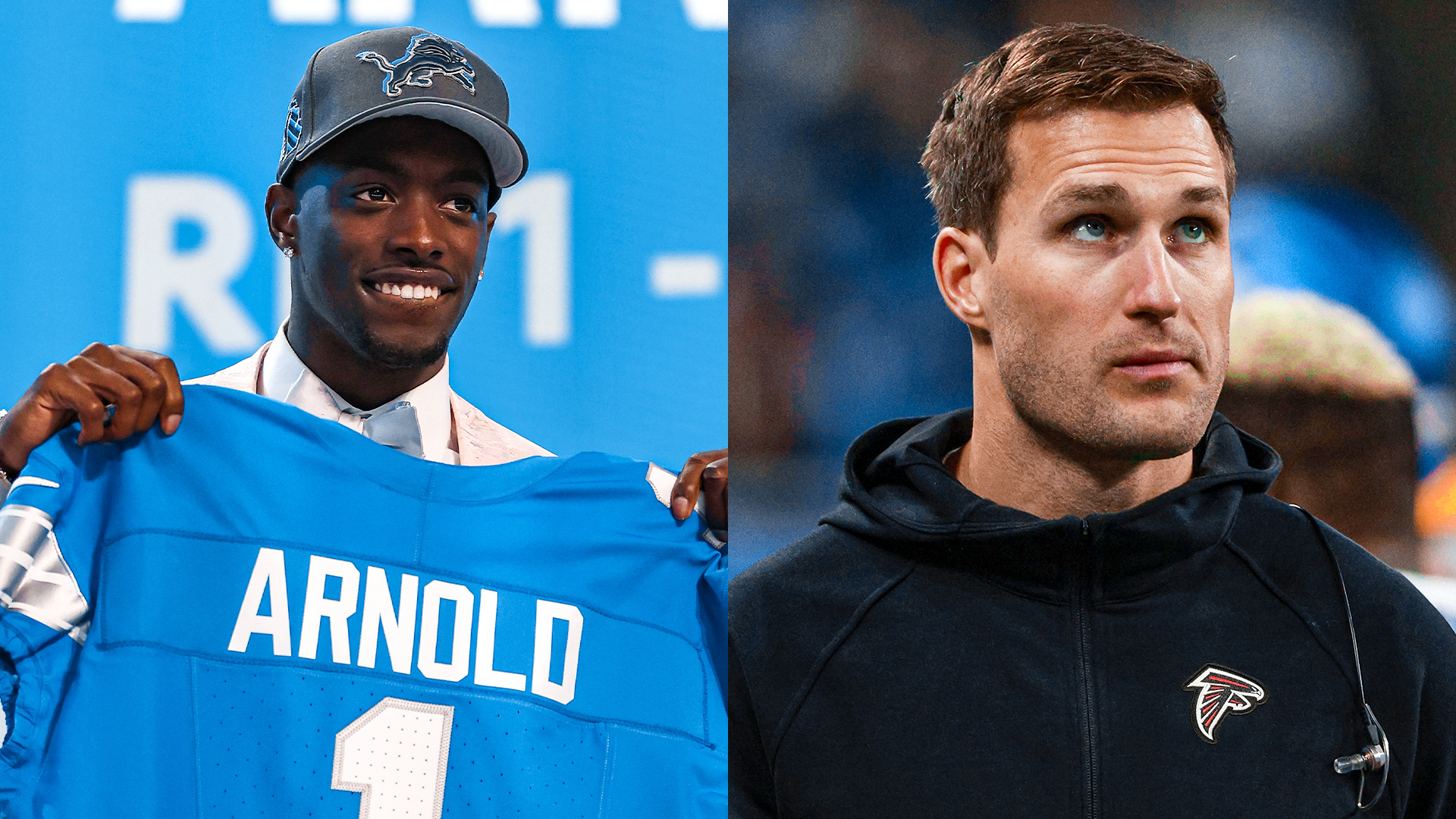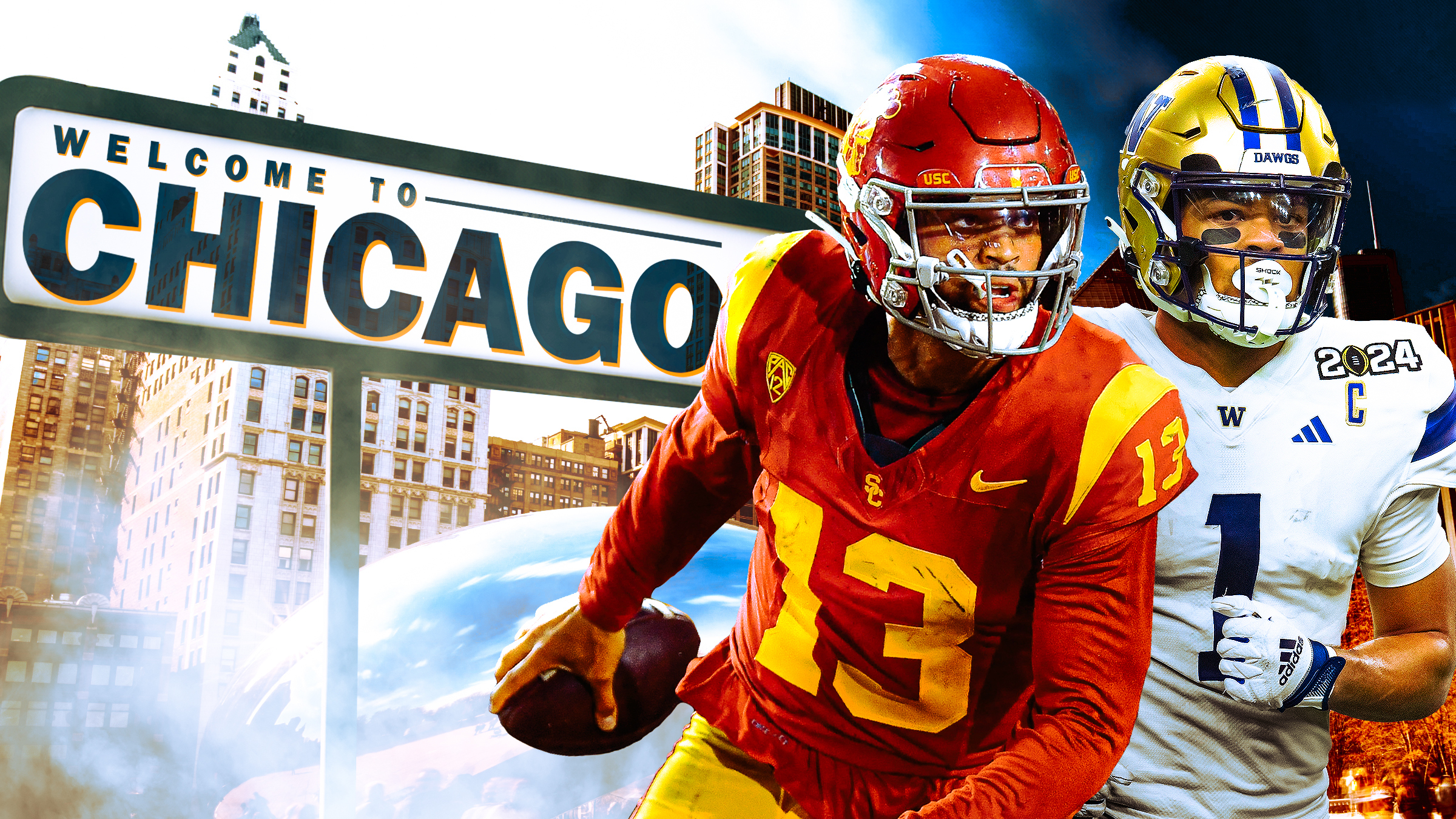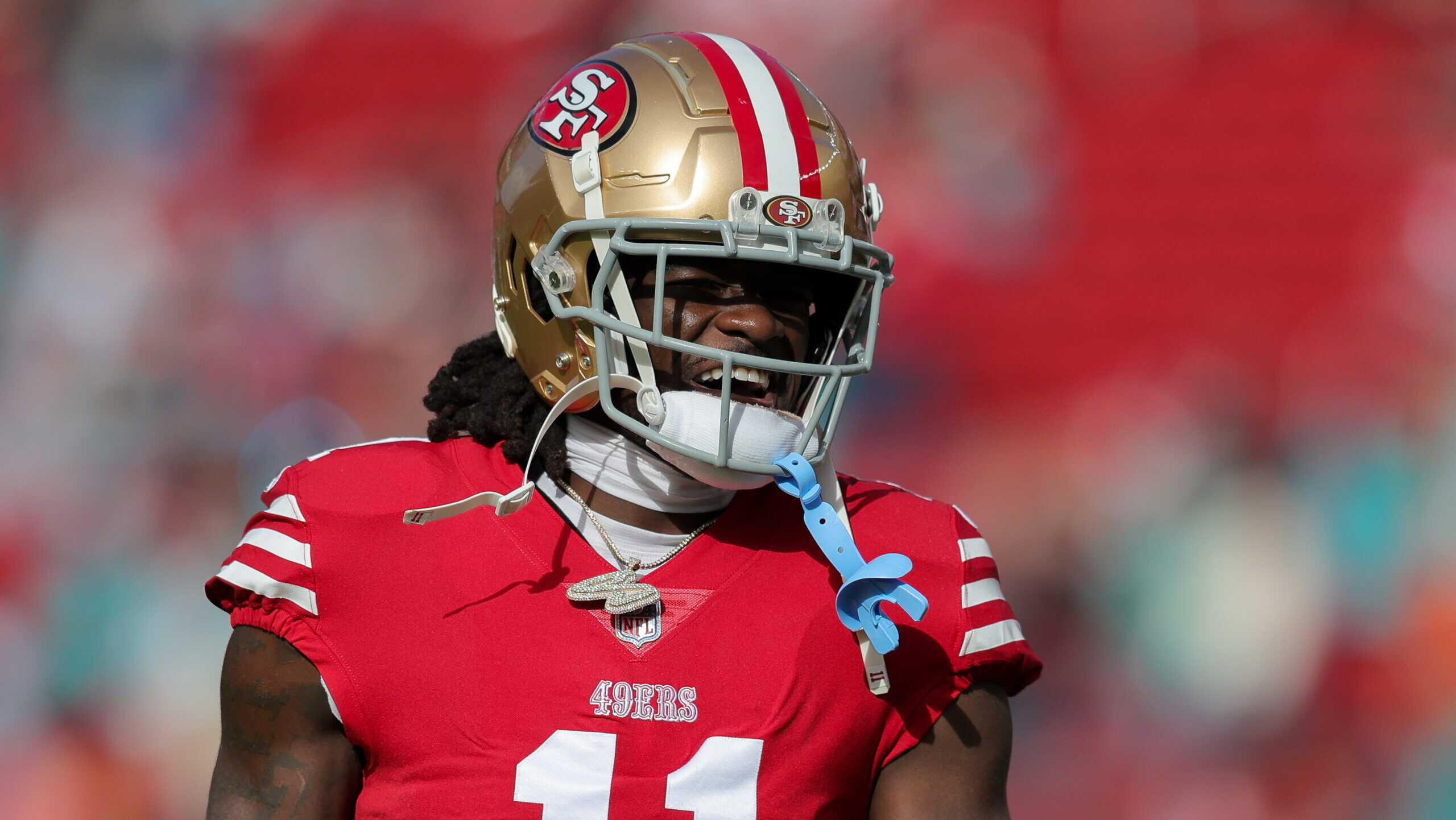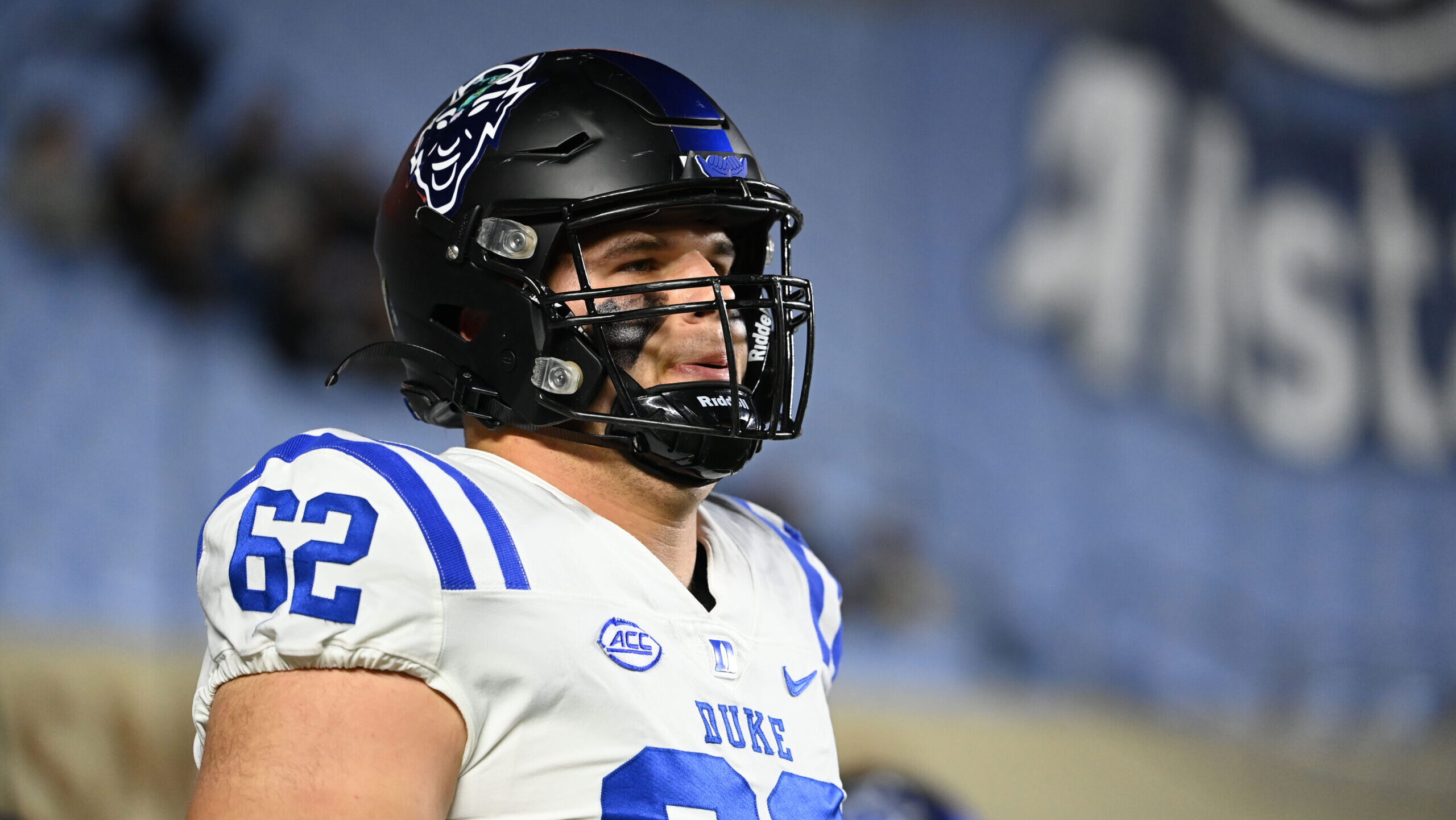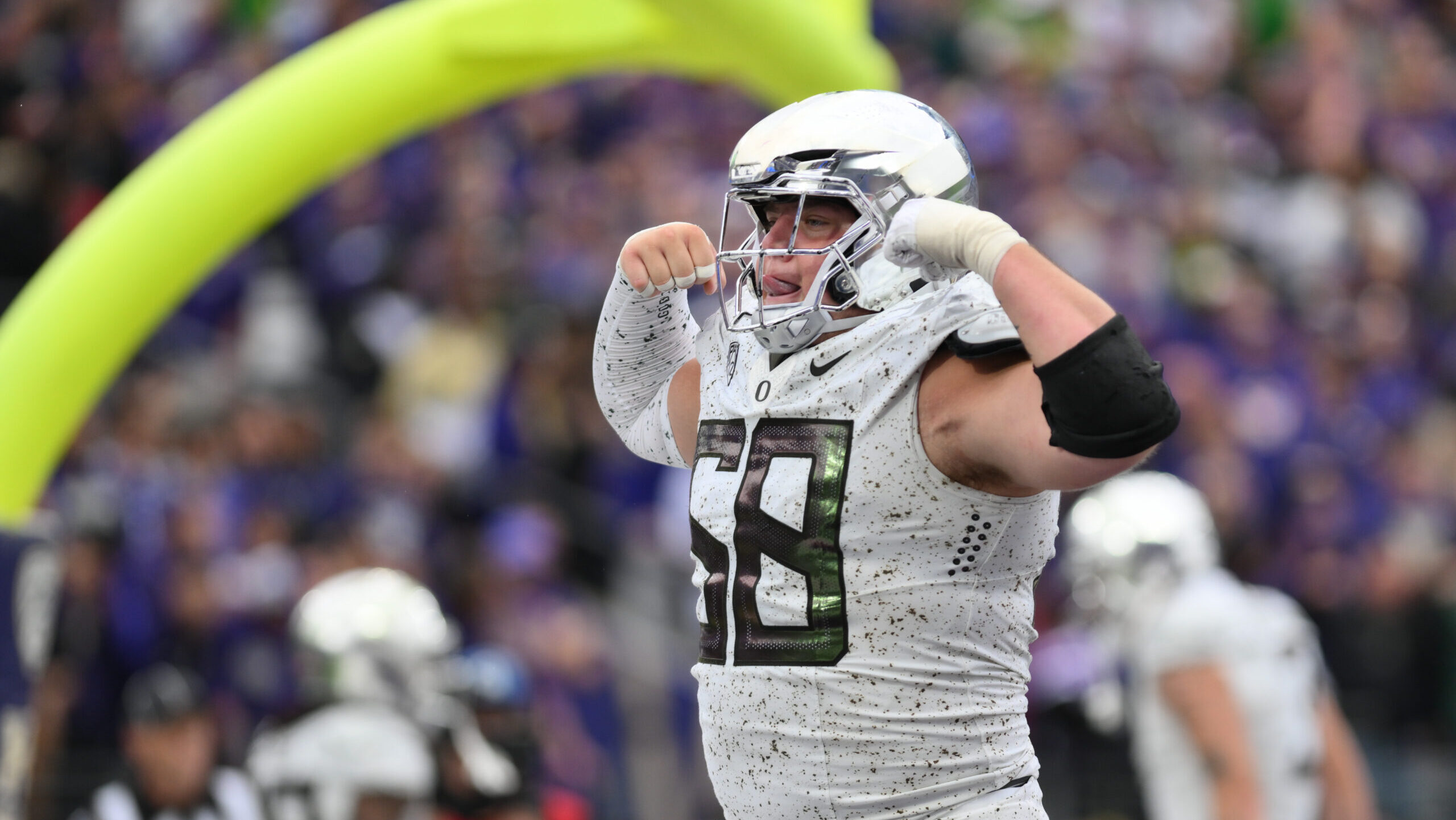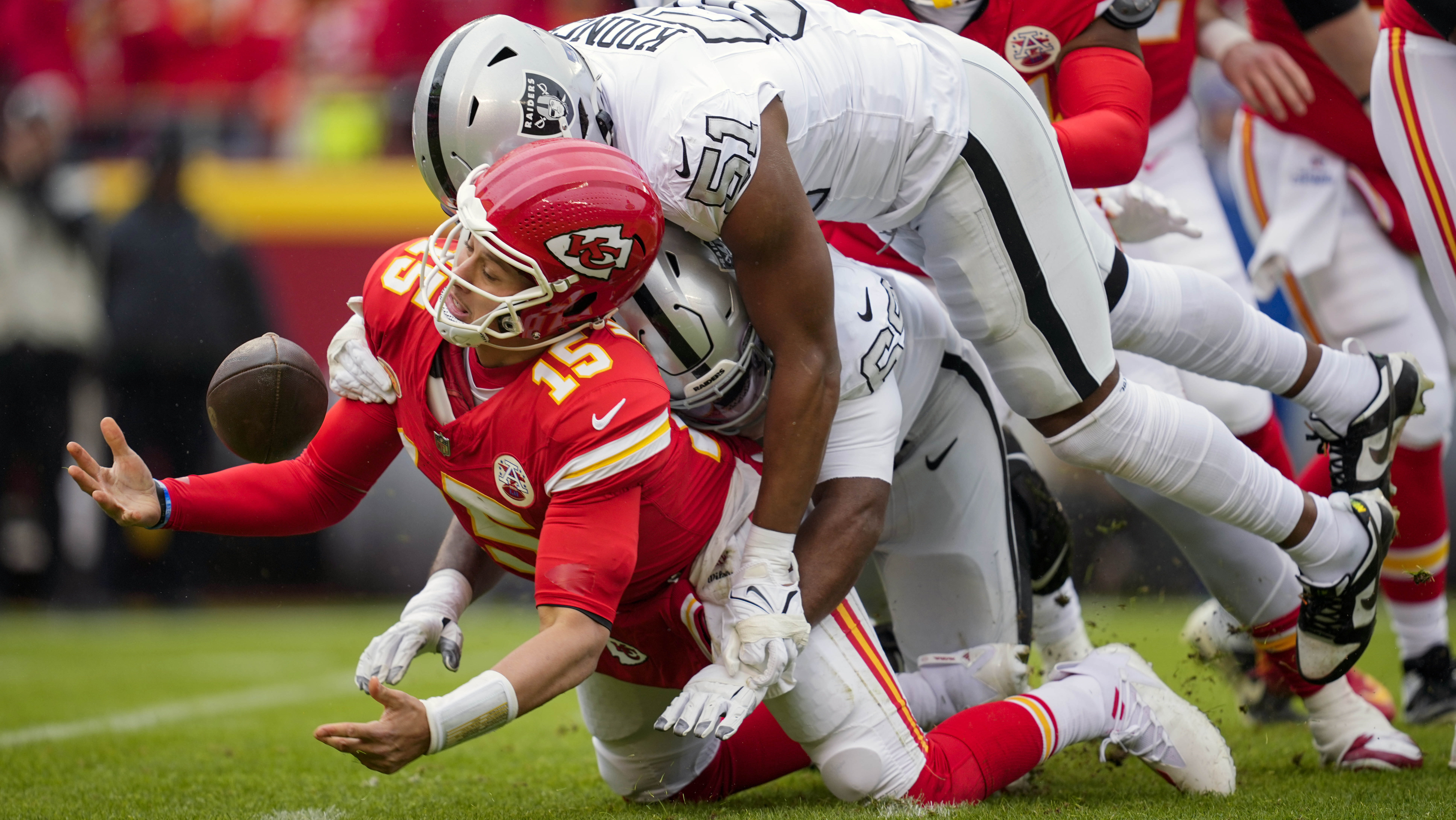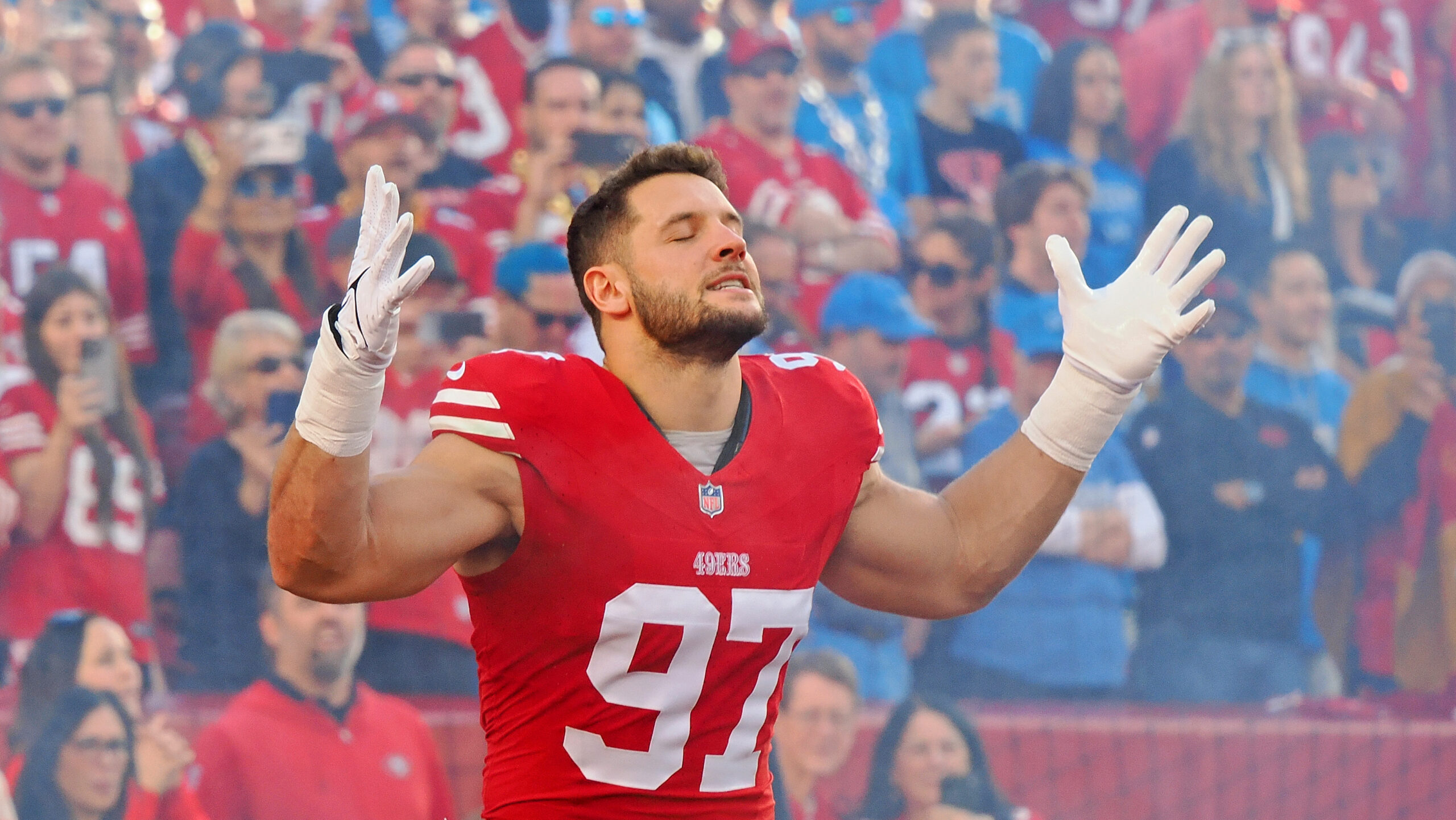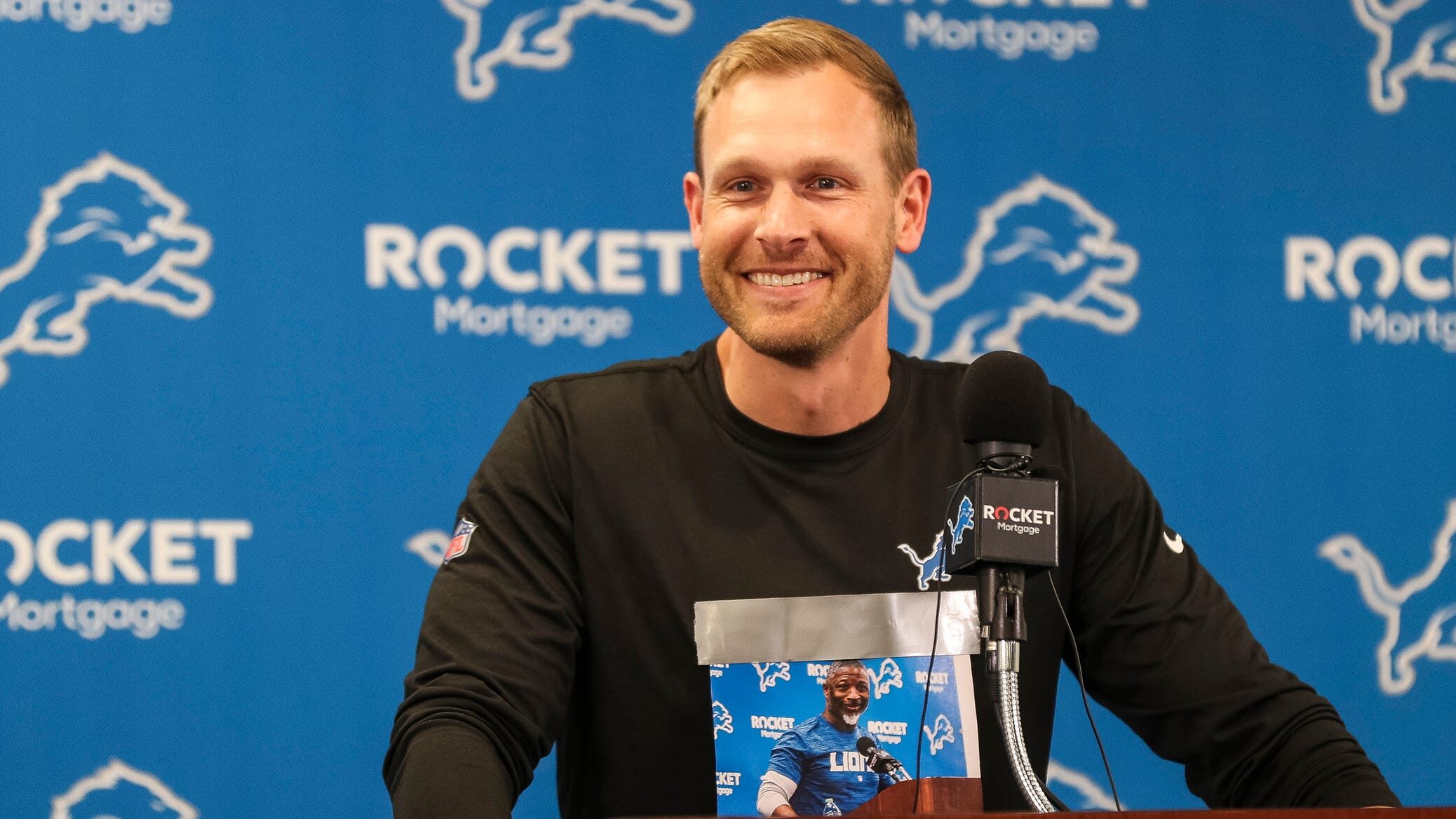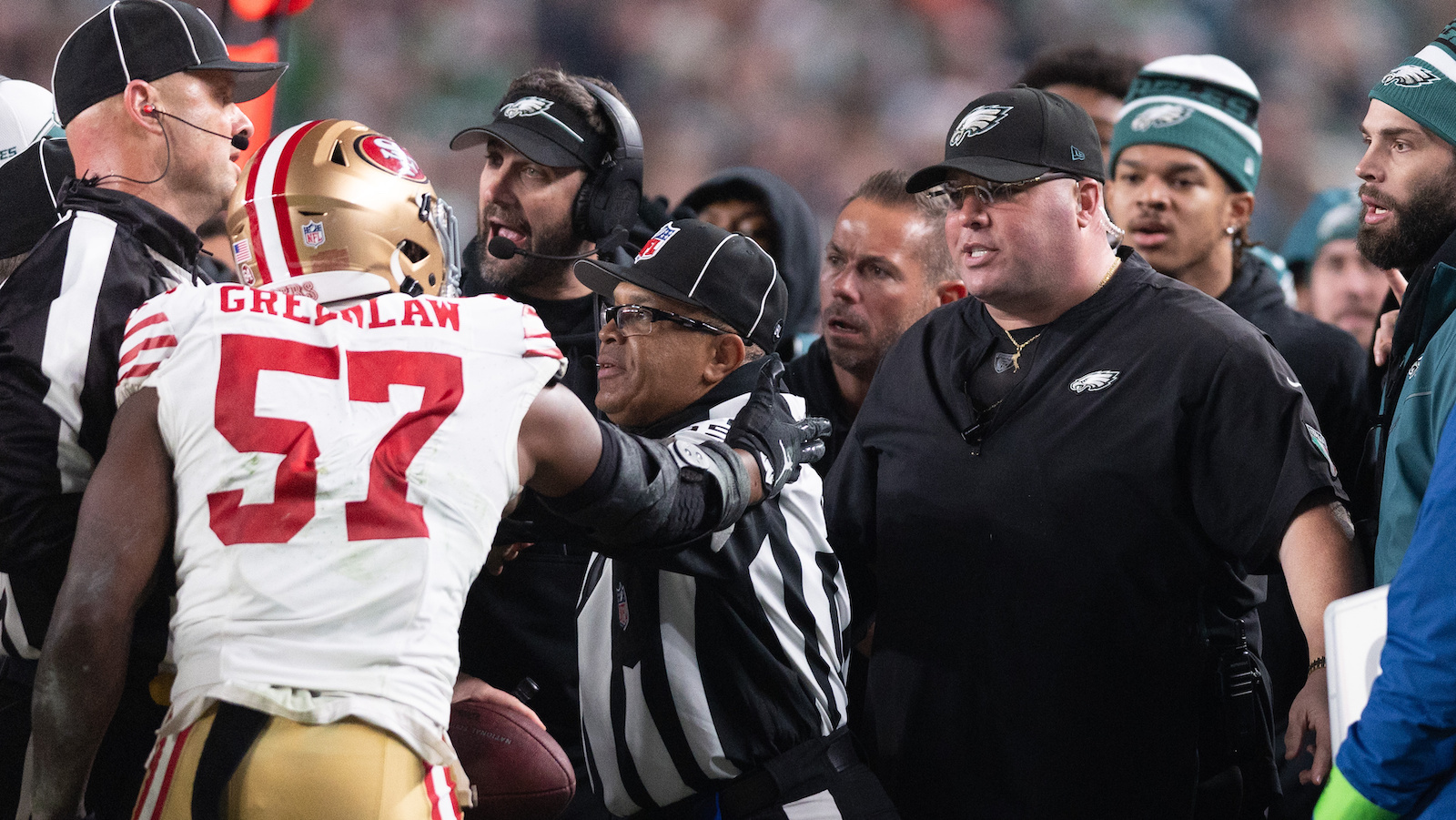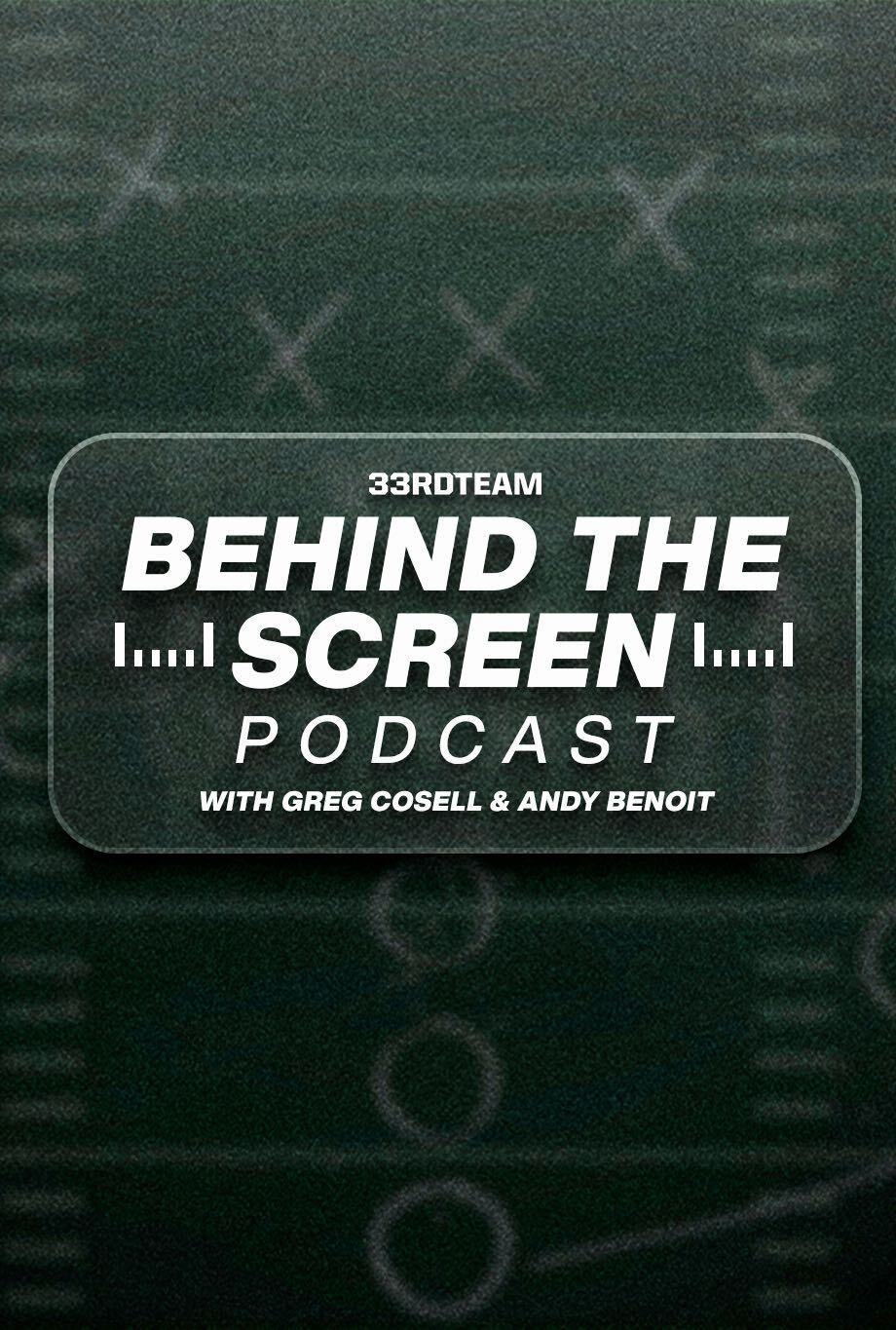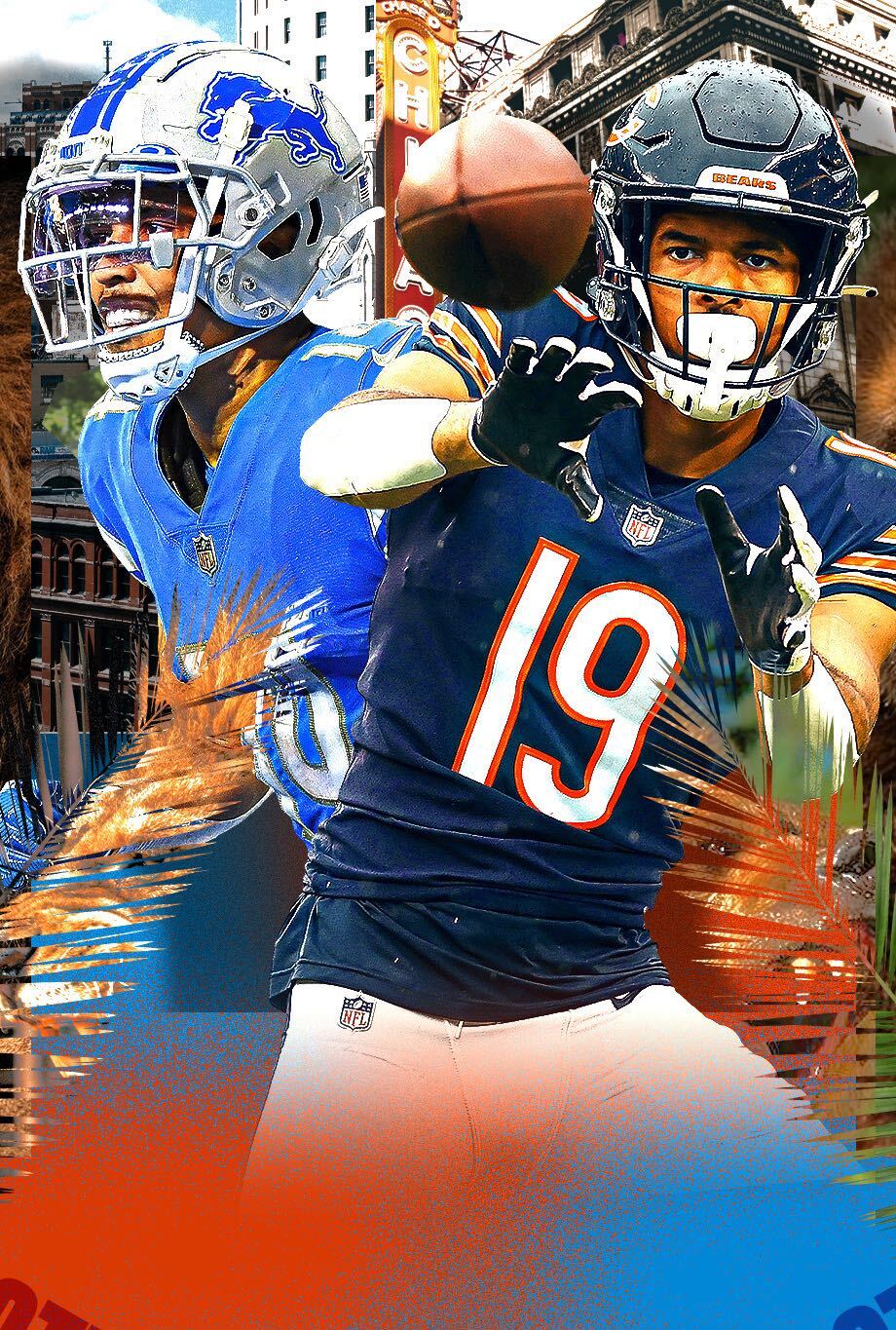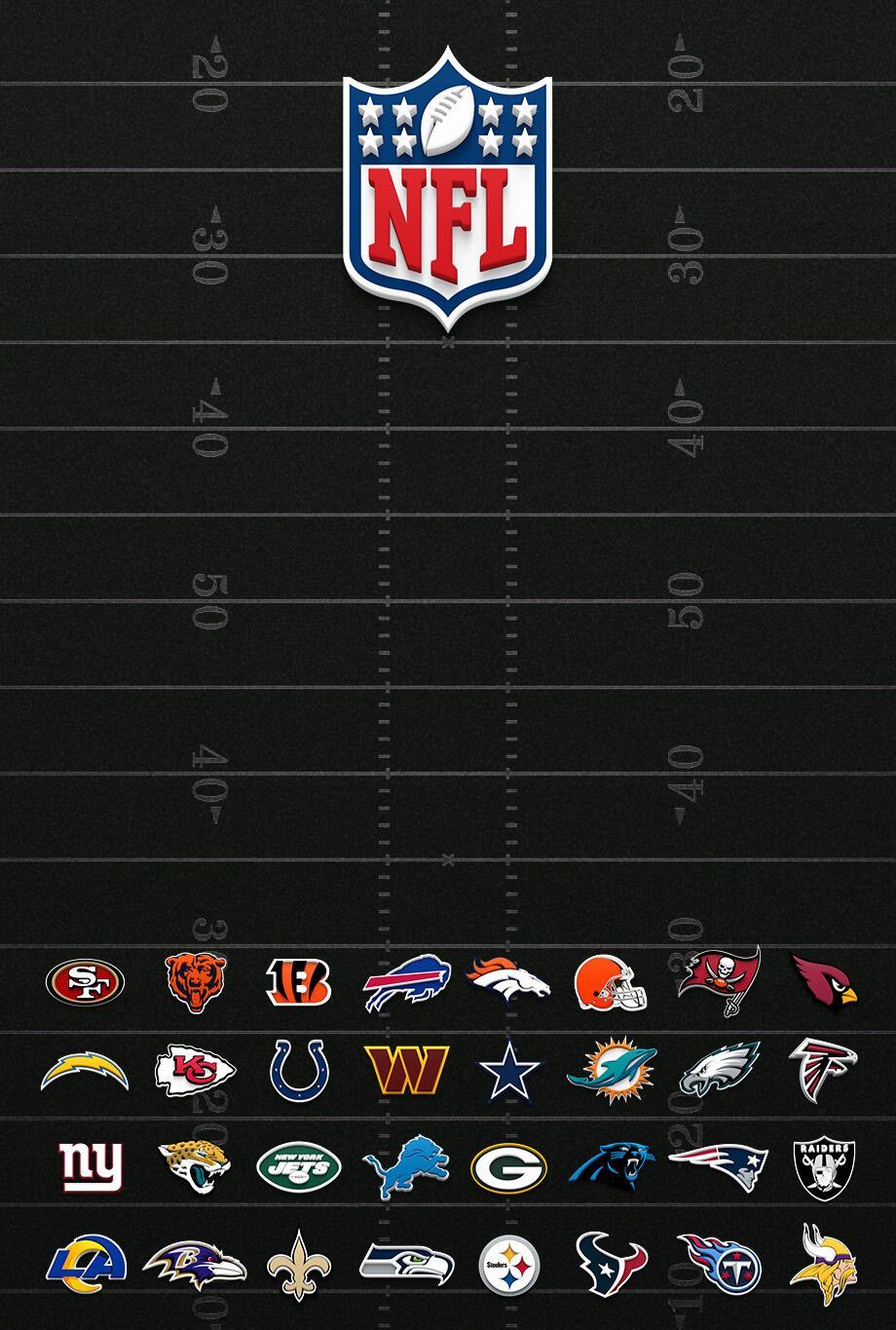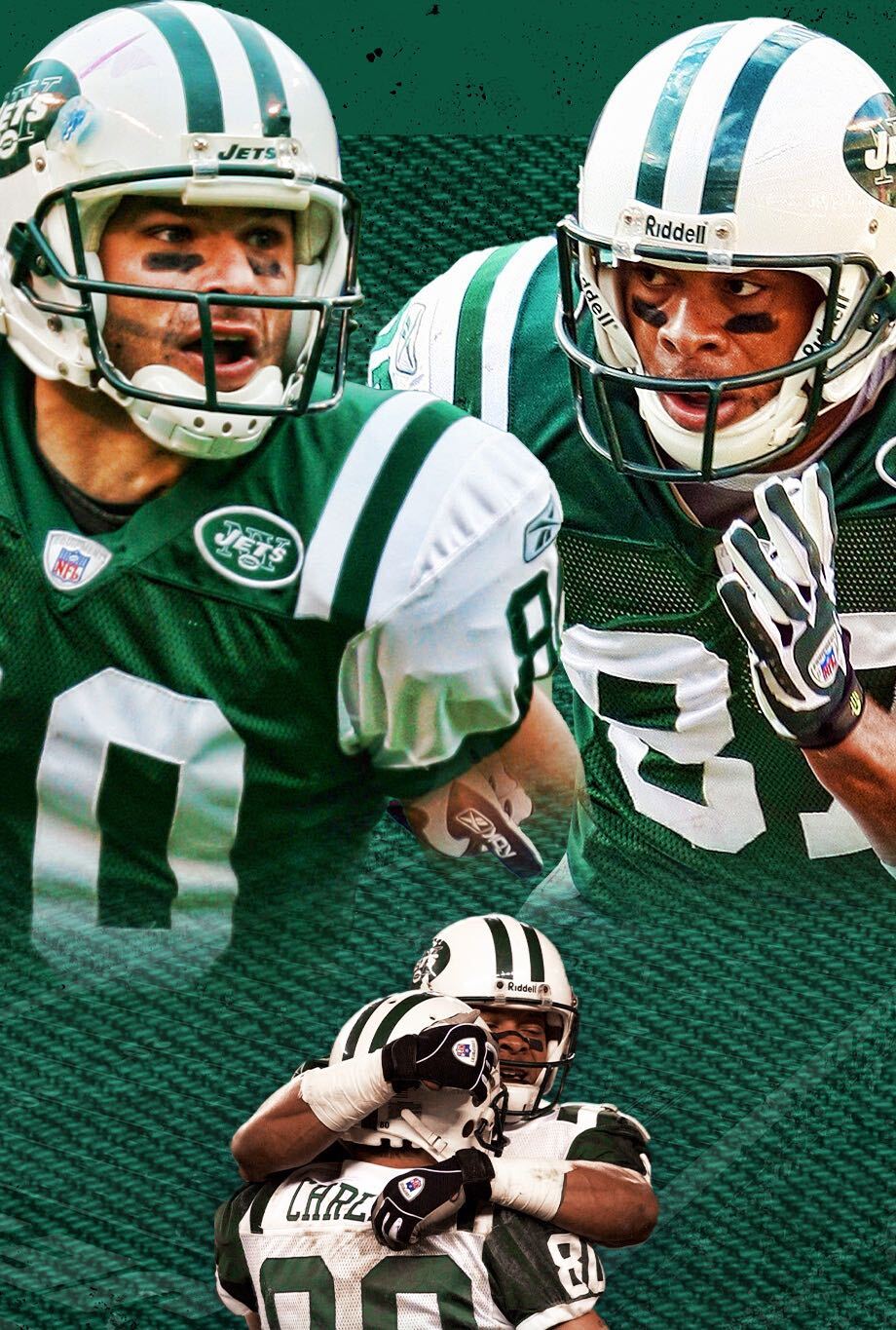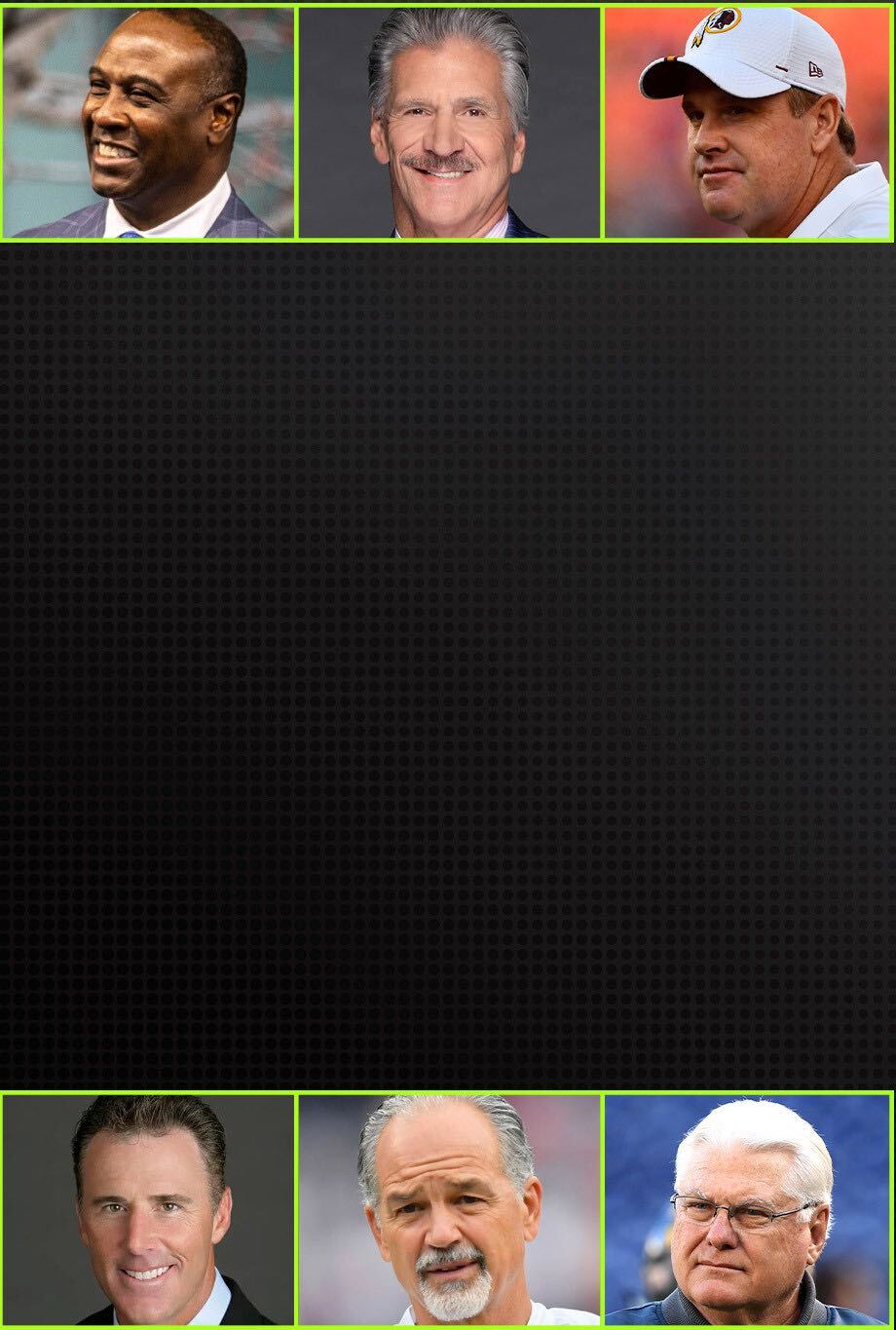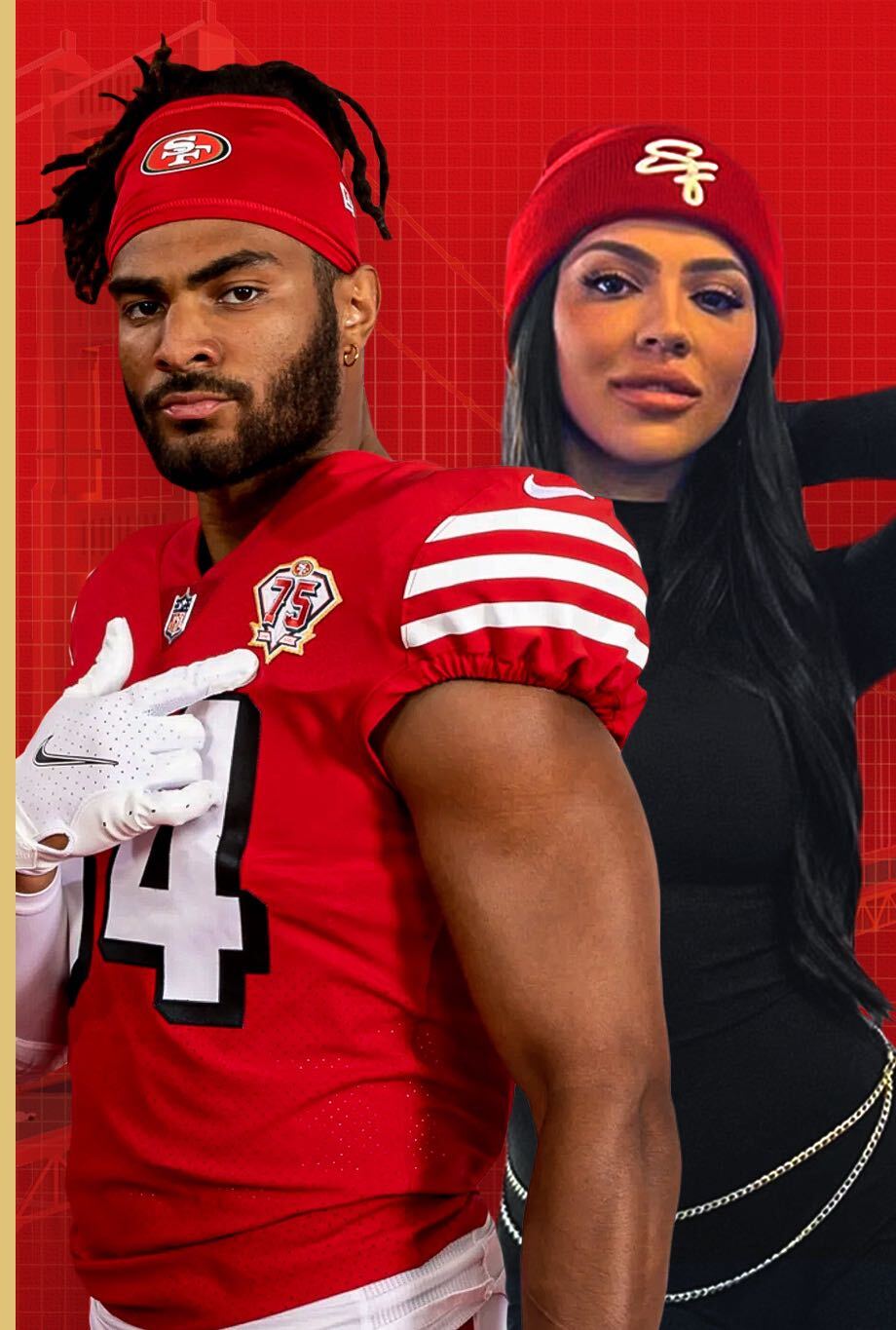What's Next for Dalvin Cook After Release From Minnesota Vikings?
Analysis 6/8/23
On Thursday, the Minnesota Vikings finally released RB Dalvin Cook. The two sides couldn't come to an agreement on a restructured contract, causing the Vikings to cut the third-leading rusher in franchise history.
Let's dive into what this means for all parties involved and whether Cook can still help a team this season.
>> READ: 5 Potential Scheme Fits for Cook
Evaluating Cook's Release
Why Was Cook Released?
By all appearances, it was a financial decision. Cook was slated to count $14 million against the cap in 2023 – third-most among NFL running backs behind Tennessee’s Derrick Henry and Cleveland’s Nick Chubb. Minnesota did not feel Cook was worth that. Neither did 31 other teams, given that none traded for the soon-to-be 28-year-old RB.
How Good Is Cook?
Very good, but durability is a concern. Before playing all 18 of Minnesota’s games last season, he had missed two to five games in each of the previous four years.
Cook, with his quick buildup speed, classifies primarily as a wide zone runner – a “one cut and GO” guy. He has the natural patience and cutback vision for this. He has the quickness and short-area agility to get himself cleanly to the second level. Perhaps most surprisingly, he has better contact balance and finishing power than his 5-foot-10, 210-pound frame suggests.
Why Isn't Cook Worth More?
For Minnesota, specifically, the presence of solid fifth-year RB Alexander Mattison didn’t help Cook. Mattison is younger, cheaper and has, say, 80-90 percent of Cook’s ability.
This presents the second problem: For many teams at the running back position, good enough is good enough – especially in a wide zone system. A limited runner who can read blocks will produce similar to a dynamic runner who can read blocks. (And both will produce much better than a super runner who cannot read blocks.) The dynamic runner might make an extra big play or two, and yes, those matter. But teams are not relying on those in their run game. Those are gravy.
The unspoken “good enough is good enough” mantra is why running back compensation and draft positioning have largely declined during the years.
Are We Sure Cook Is Only a Wide-Zone Runner?
Maybe not, if we look closely. Yes, on normal first- and second-down situations, 82 percent of Cook’s runs in the last five years have come in under-center formations, most of which are zone runs. He is second in total attempts and yards under center behind only Henry.
That said, on first- and second-down shotgun runs, which feature more inside designs and gap scheme (i.e., man-to-man blocking), Cook has actually averaged 5.3 yards per carry – significantly more than his under-center 4.6.
So on the surface, Cook might seem like a pure wide-zone runner, and that’s not necessarily wrong. But it’s possible a team might foresee wider usage for Cook.
But still…..
If a team will pay a running back, it almost always wants a running back who can expand its scheme and present 1-on-1 matchup problems. In other words, a running back who adds dimension to the passing game.
Look at the league’s 20 highest-paid RBs (per Over The Cap):
RBs 1 and 2 – McCaffrey and Kamara – are elite receivers. Another nine – Mixon, Jones, Barkley, Pollard, Ekeler, Robinson, Patterson, Hines and Gibbs – are also high-level receivers, including when they align in the slot or out wide.
The pure runners near the top of this list – Henry, Chubb and Jacobs – are a little better overall than Cook and, presumably, are more durable. So Cook will likely fall somewhere around 13 or 14 on this list, which makes $6 million his over/under mark. This might present a difficult conversation for Cook’s agent.
That agent might try to argue Cook could add to someone’s passing game and that Minnesota just failed to see his potential. Cook did, after all, produce on some wide receiver screens last year, and he had a contested over-the-shoulder catch on a wheel(ish) route for a 12-yard TD against Washington safety Kameron Curl.
But still, Cook has not been featured on many short-area, space-making routes – at least not compared with others on the list above. Teams will hold that against him.
Which Teams Will Be Interested?
Most likely, a team looking for a rotational back getting 150+/- touches would be interested in Cook. Yes, chances are that team will indeed run a wide zone scheme.
Many have suggested the Miami Dolphins, which makes sense…conceptually. However, Mike McDaniel and offensive coordinator Frank Smith do far, far too much with their rushing scheme ever to be labeled just “wide zone” guys or “gap scheme” guys. They’re innovative, “everything” guys. What’s clear is Miami’s priority to stretch the field, both horizontally and vertically.
Cook, with his combination of acceleration, build-up speed and finishing power, is ideal for the outside tosses and stretch handoffs this approach presents. The problem is that so are long-striding Niner-turned-Dolphin backs Raheem Mostert and Jeff Wilson. Remember, Miami also just drafted Devon Achane in Round 3.
Oddsmakers have also suggested the Chicago Bears and Arizona Cardinals. Built around mobile quarterbacks, both teams would have to be intrigued with Cook’s shotgun running potential. The New England Patriots and Houston Texans are next on the list. New England typically likes purer power-oriented runners. And in Houston, Cook would likely take a clear back seat to second-year RB Dameon Pierce. (Which means Cook probably isn’t getting $6 million there.)
The Buffalo Bills and Carolina Panthers are the other teams listed. But Buffalo is deep at running back, and Carolina just paid Miles Sanders.
This isn’t to say that none of these teams will sign Cook. But it is to say that none of these teams have to sign Cook. That’s the challenge: Cook is still a quality player, but the demand for him – particularly this time of year – could be limited.

